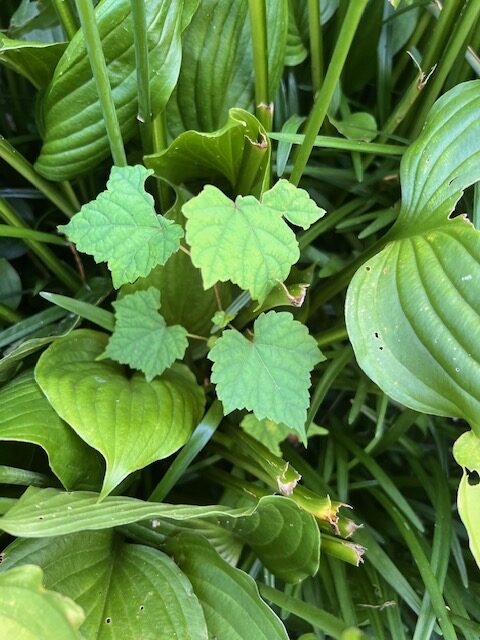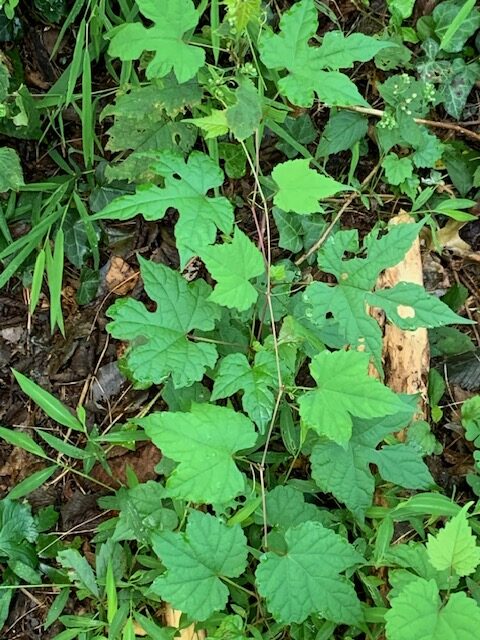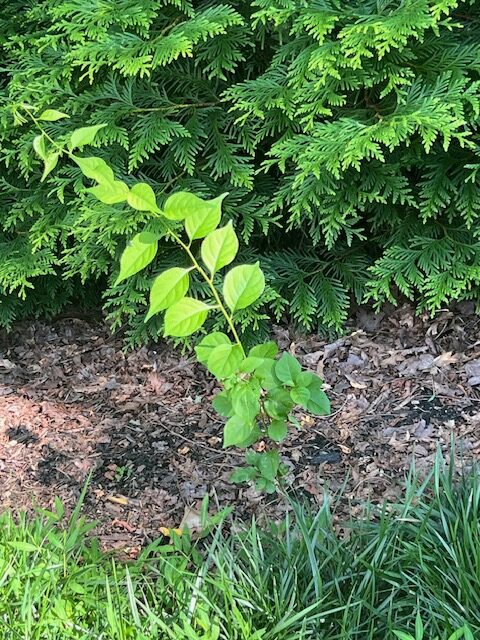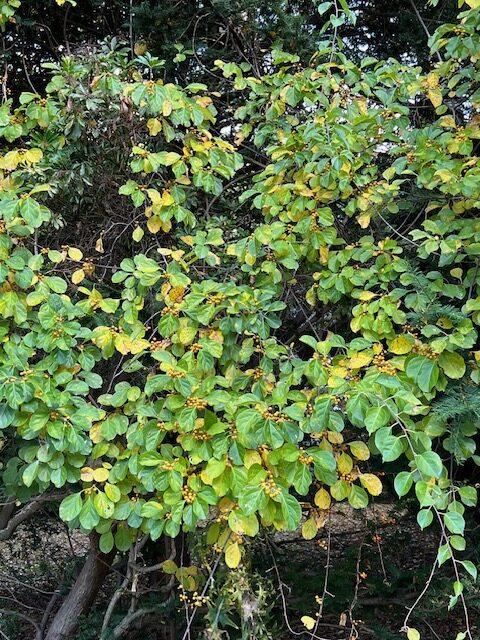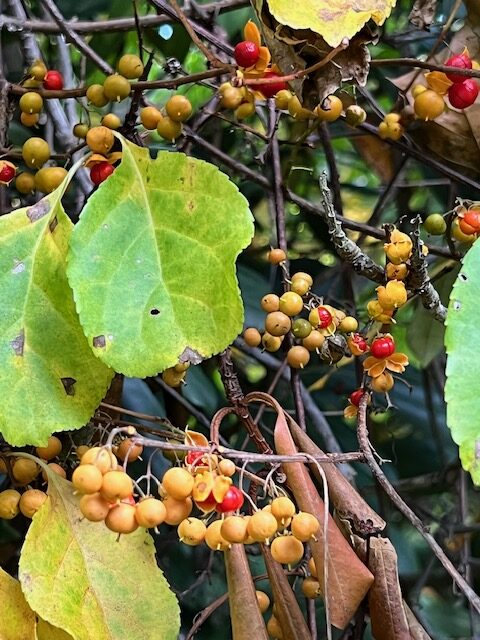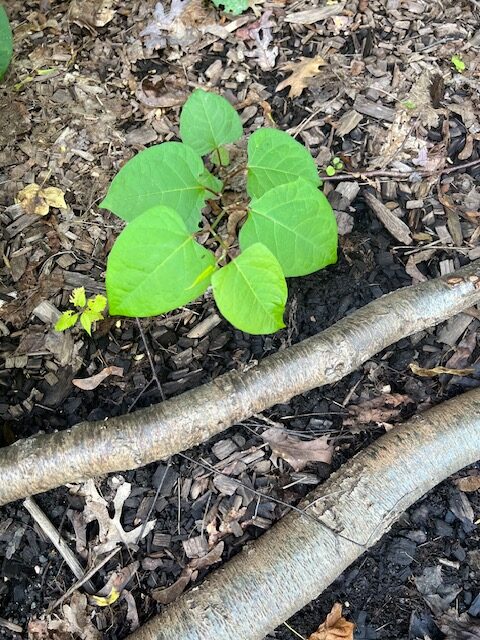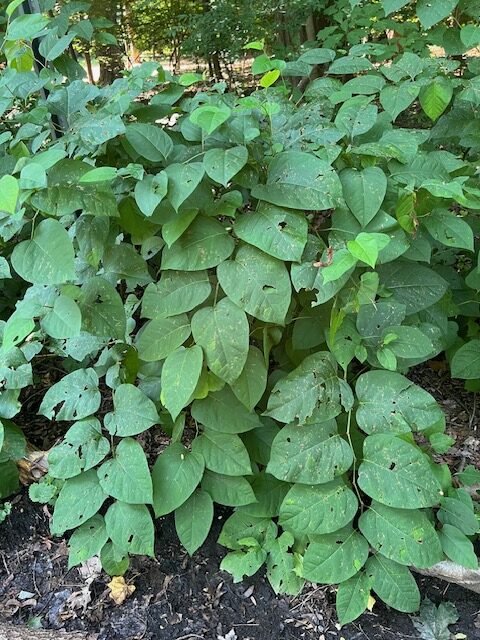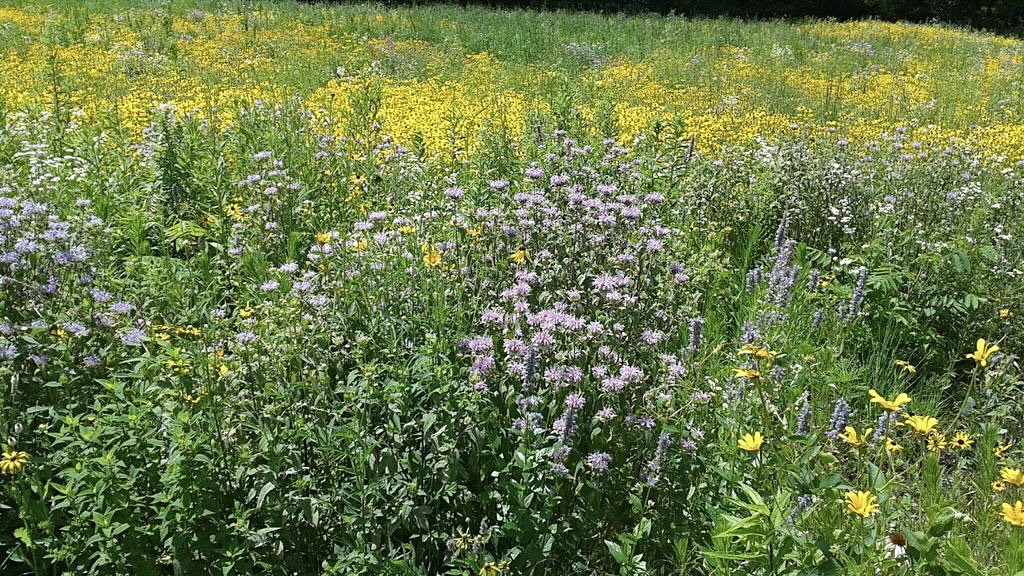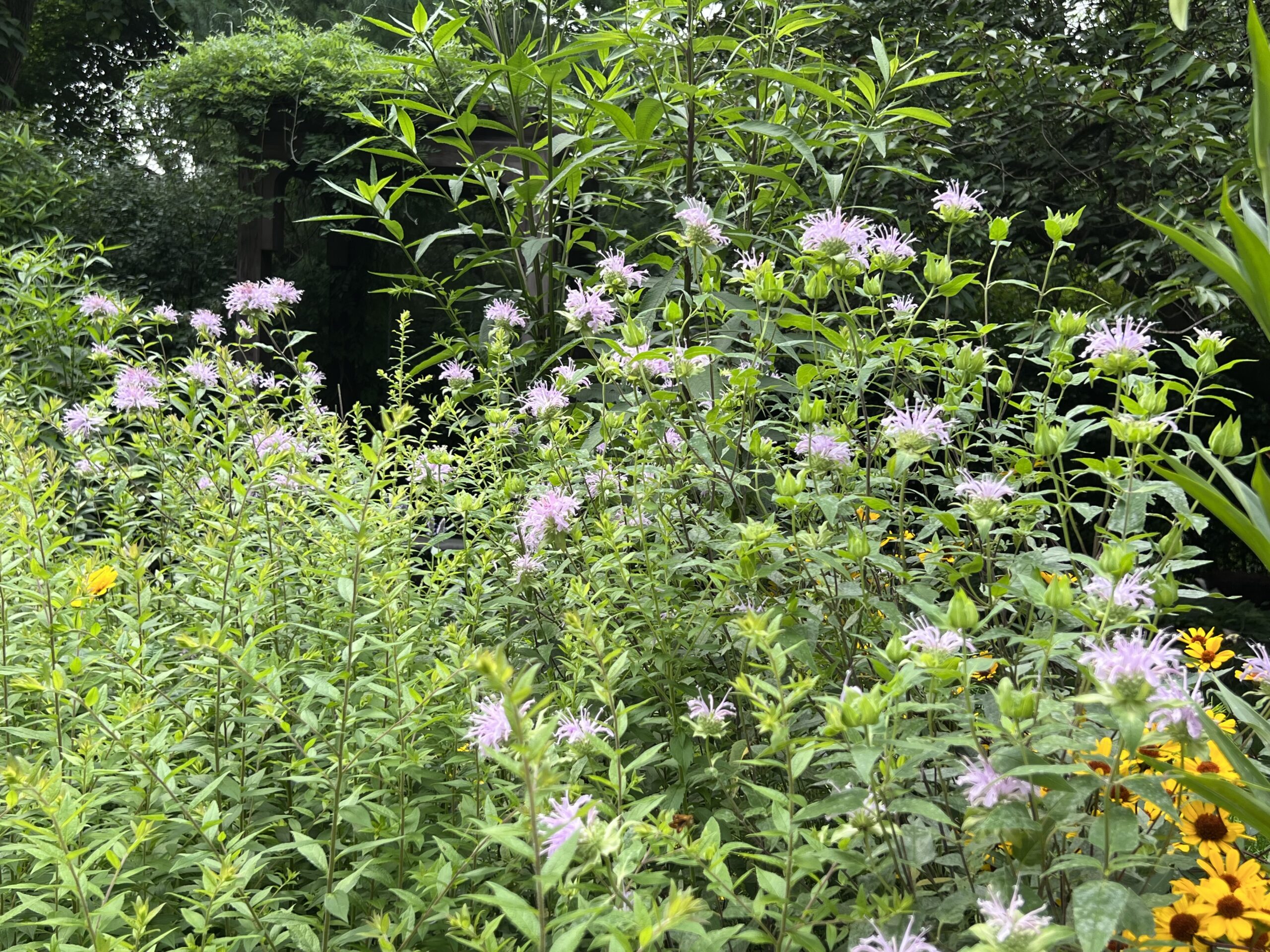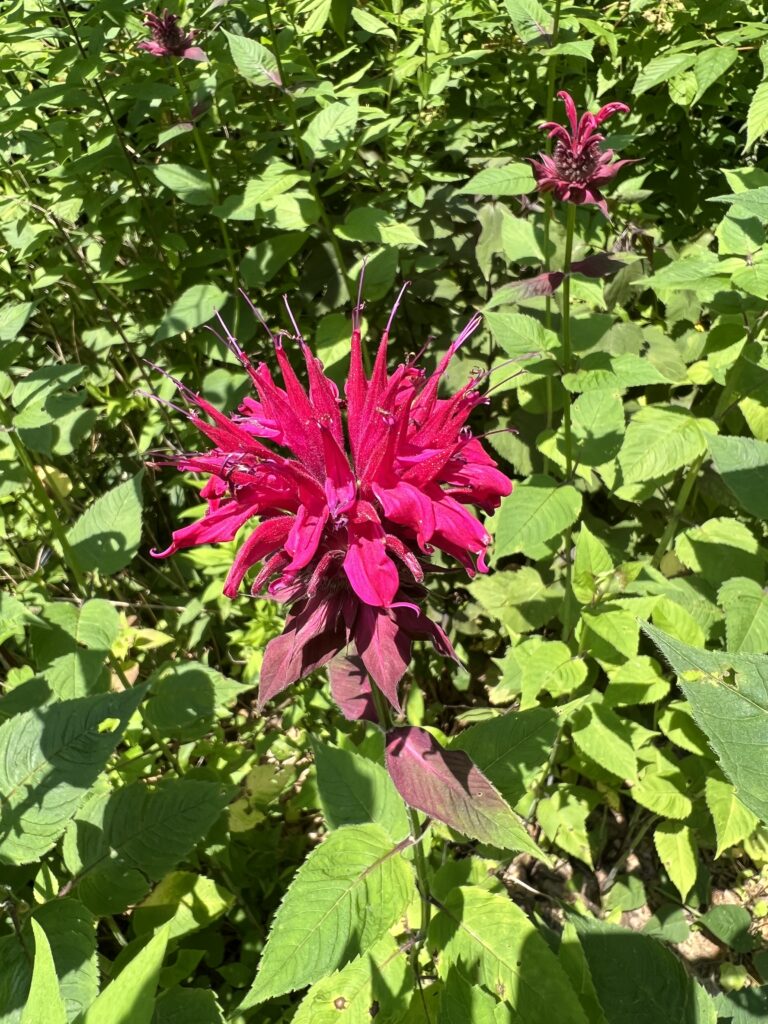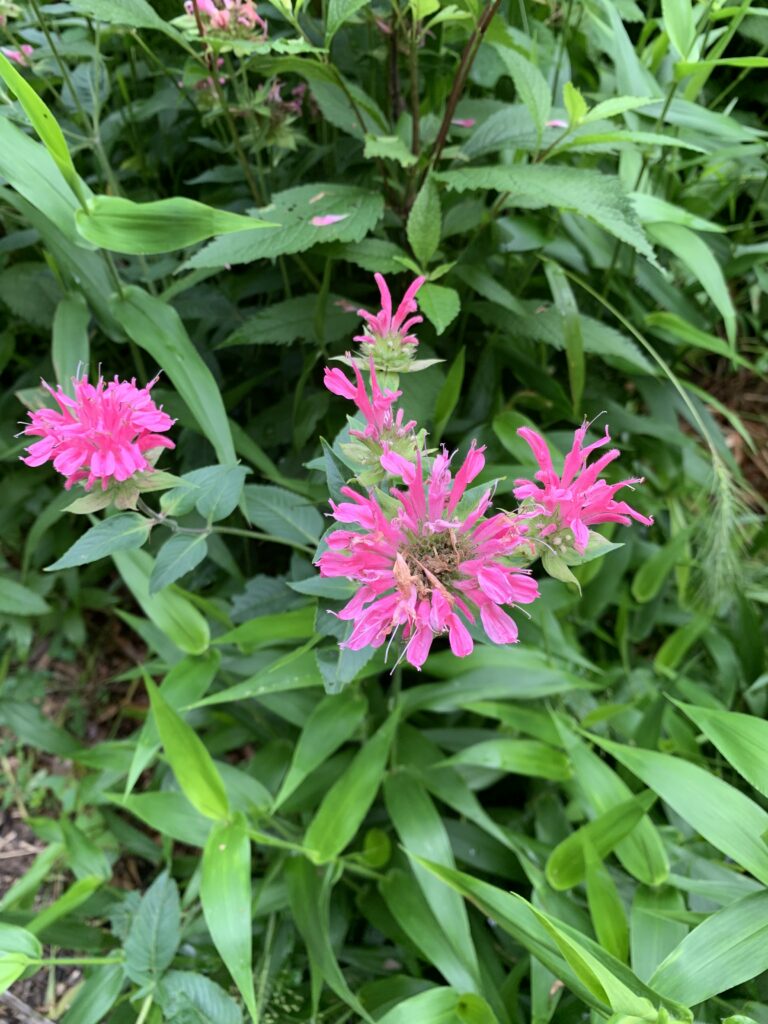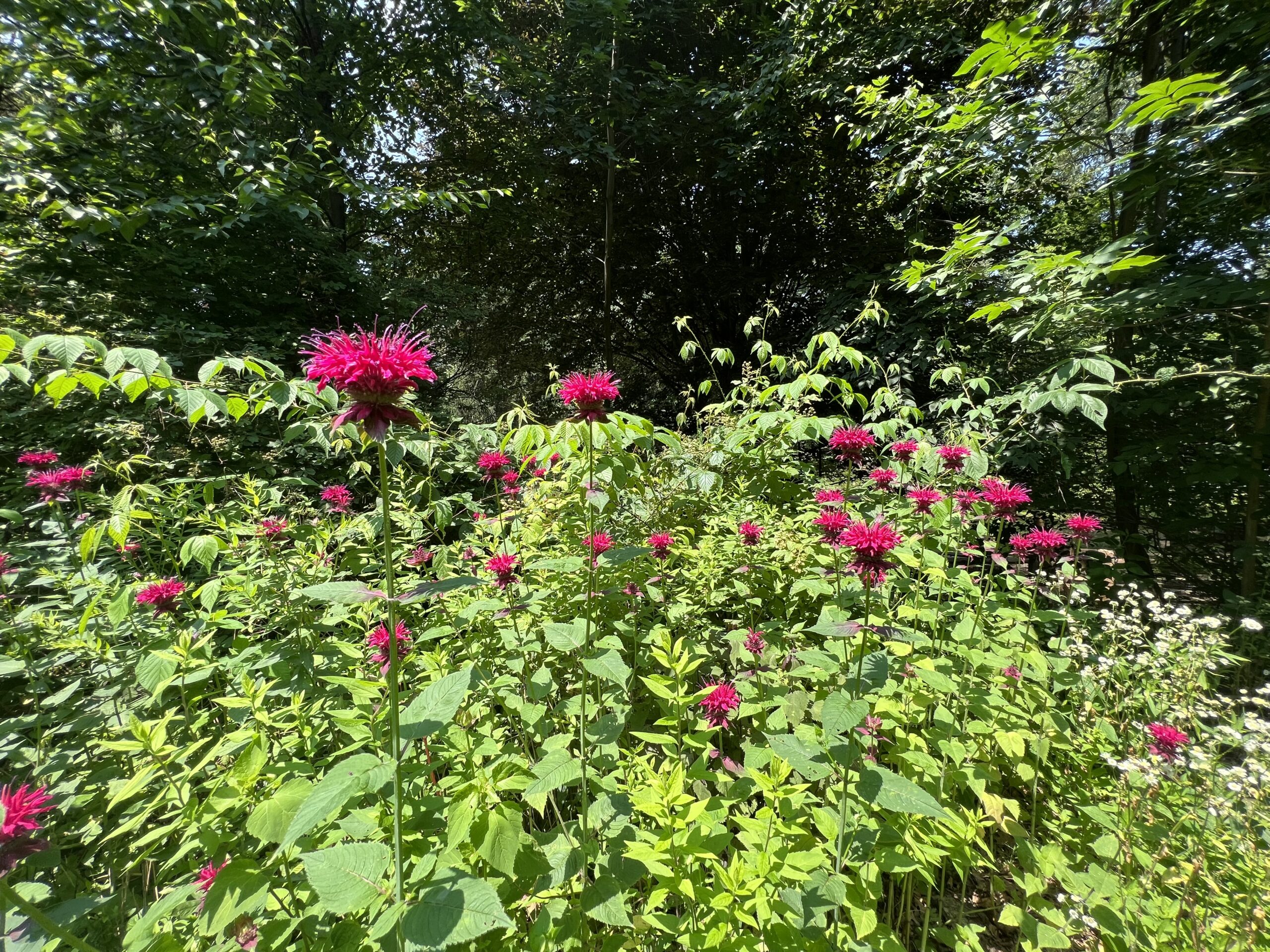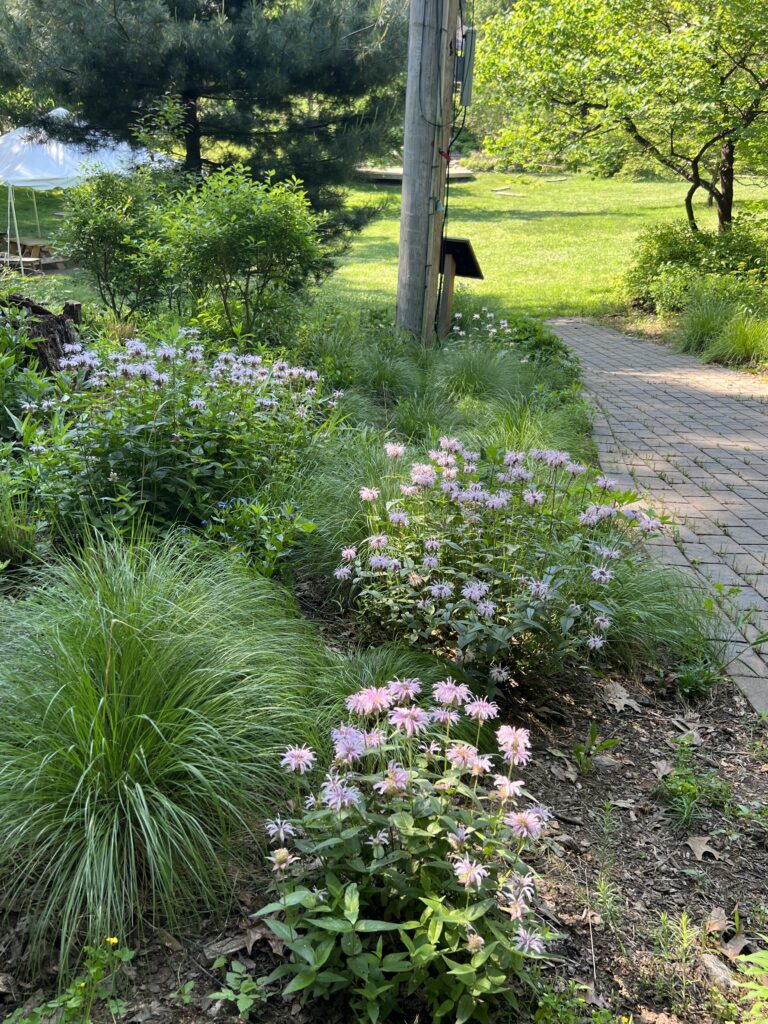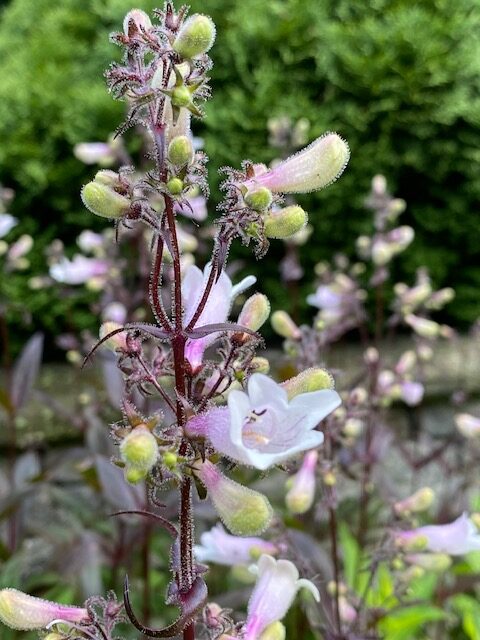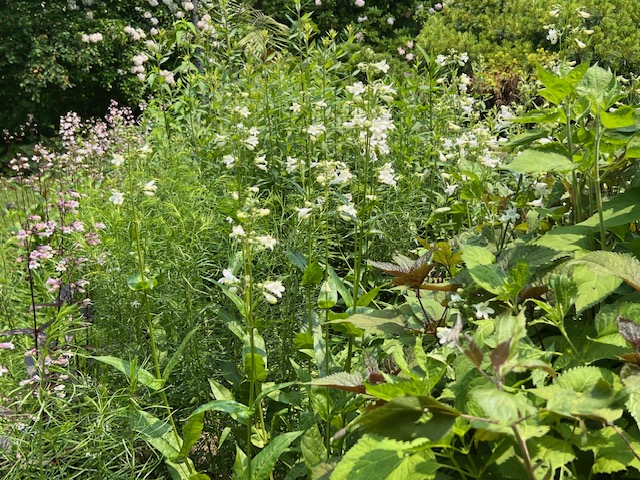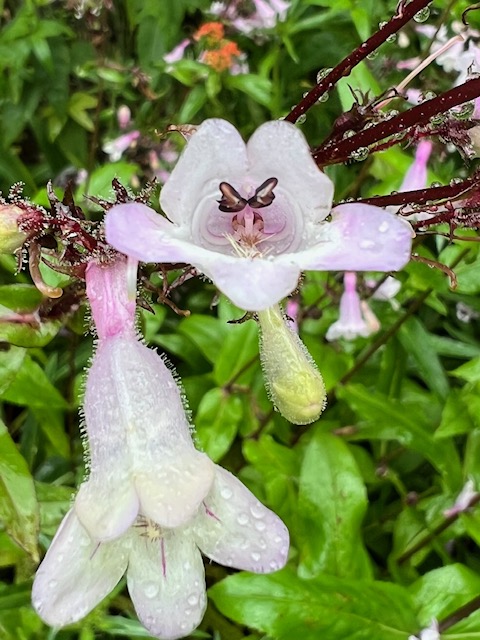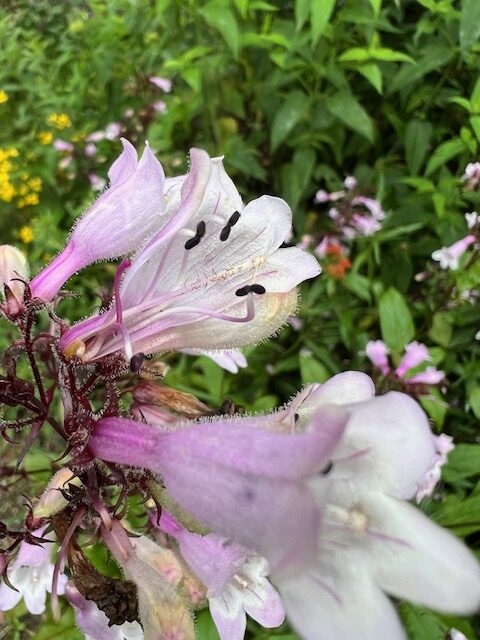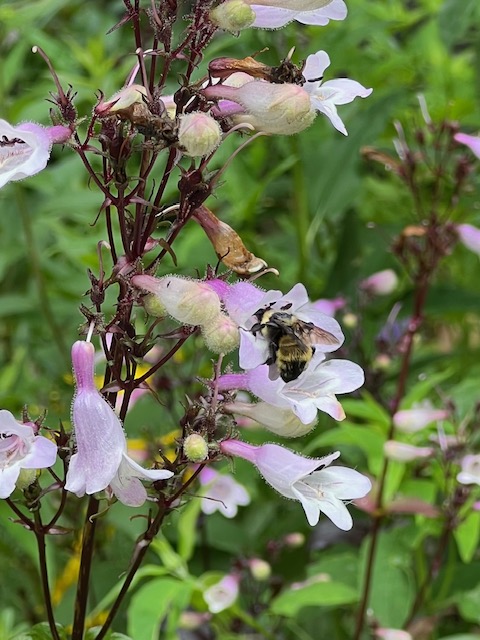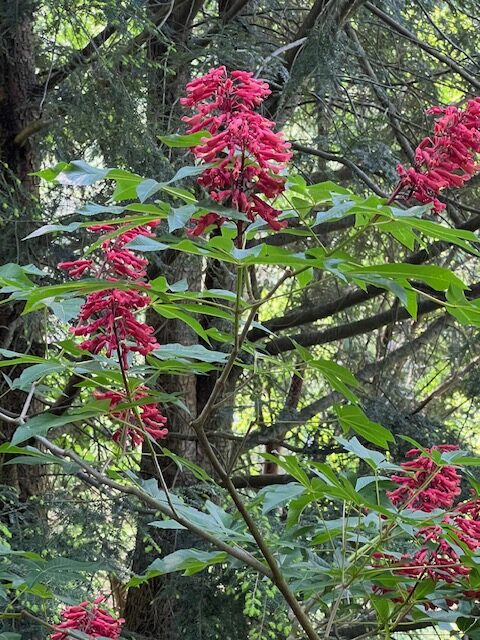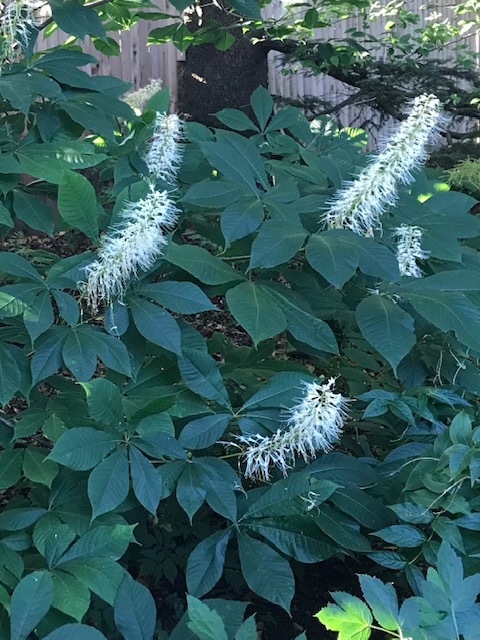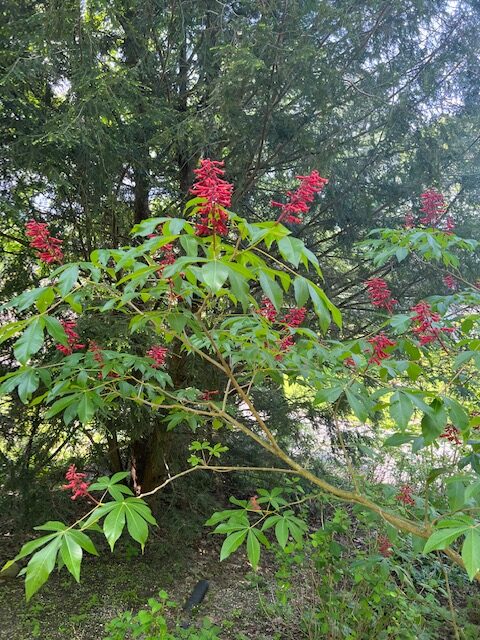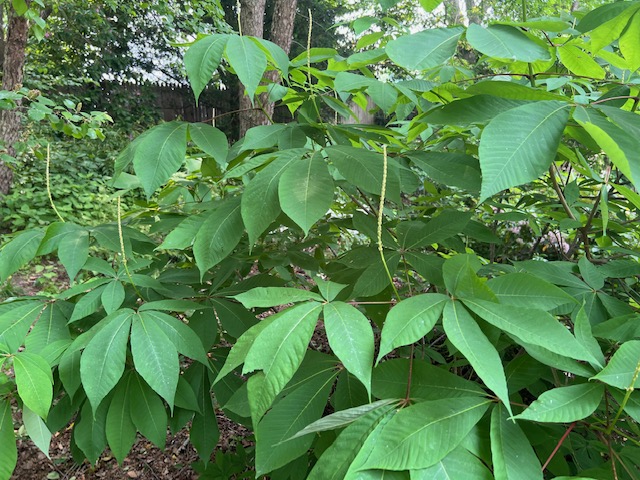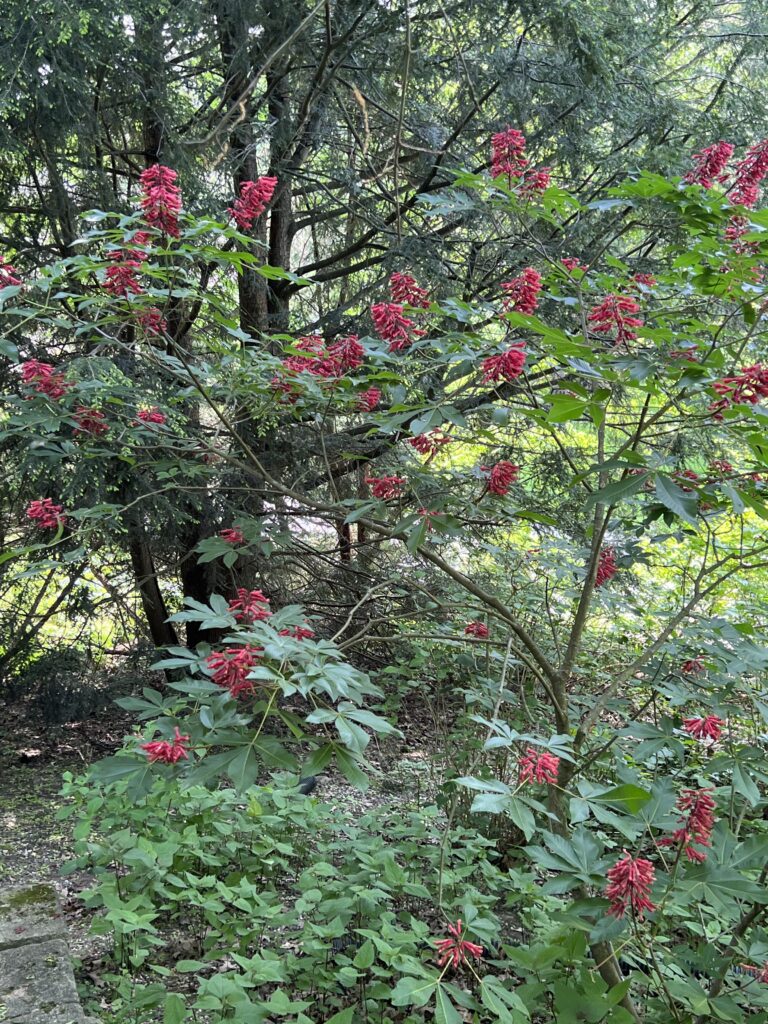The intoxicating perfume of Summersweet (Clethra alnifolia) is made for the sultry days and balmy evenings of late summer.
A native shrub that blooms from mid-July through August, Summersweet has a scent like honey and cloves — not as heavy as gardenia, but spicier than lilac. Another common name for the shrub is Sweet Pepperbush, which hints at the spicy notes in its heady fragrance.
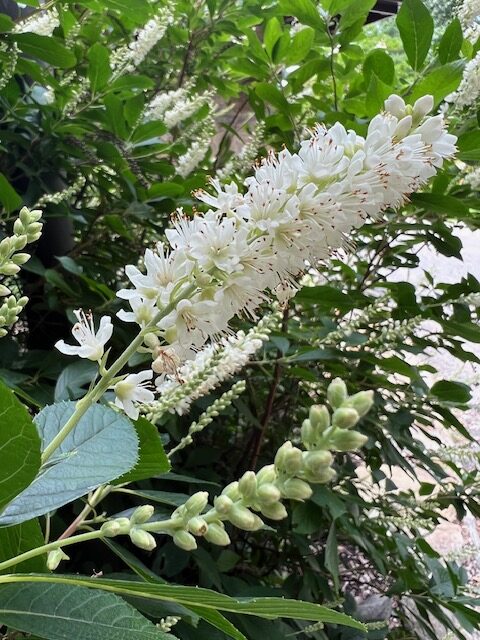
Summersweet blooms in large fluffy panicles of white flowers that open gradually from bottom to top. The blossoms are carried upright over shiny dark green leaves. Each stalk has dozens of individual flowers with protruding stamens offering pollen, and tubular petals surrounding a supply of nectar. Summersweet is a buffet for butterflies and bumblebees.
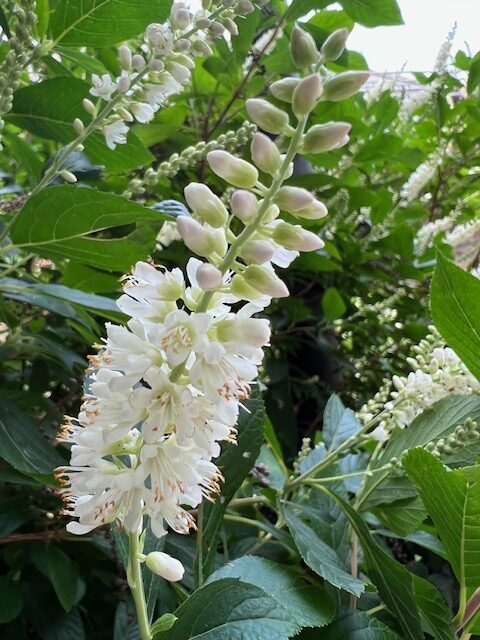
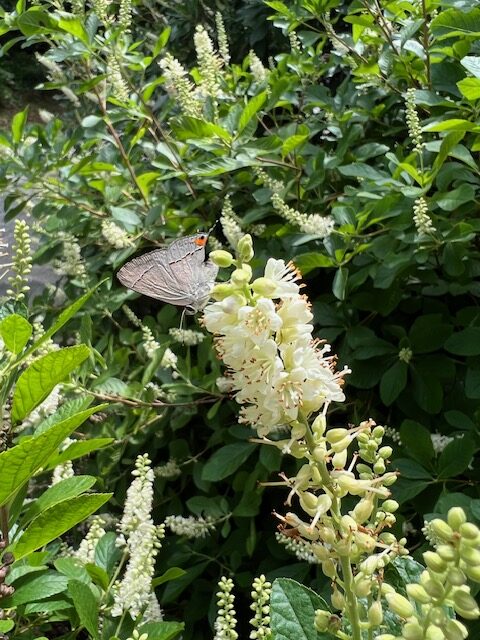
Summersweet is native to the East Coast of the US from Maine to Florida. Although its native habitat is swamps and moist forests, it is adaptable, and does well in average garden conditions in Zones 4 to 9. It will grow in sun or part shade and average soil, though it prefers consistent moisture. It requires no special care, and is deer and rabbit resistant. It’s an excellent choice for low wet areas and rain gardens.
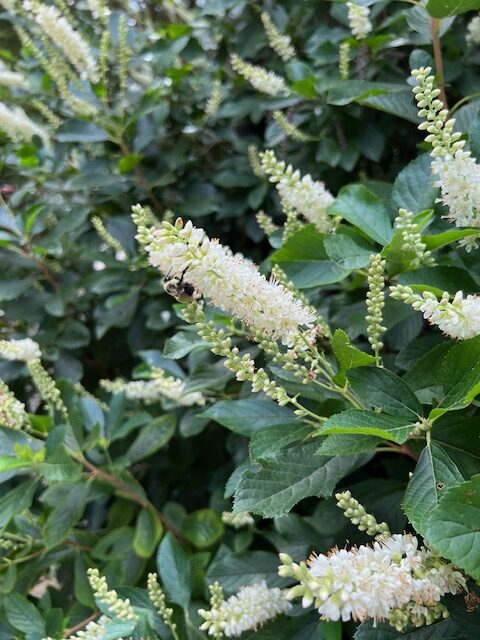
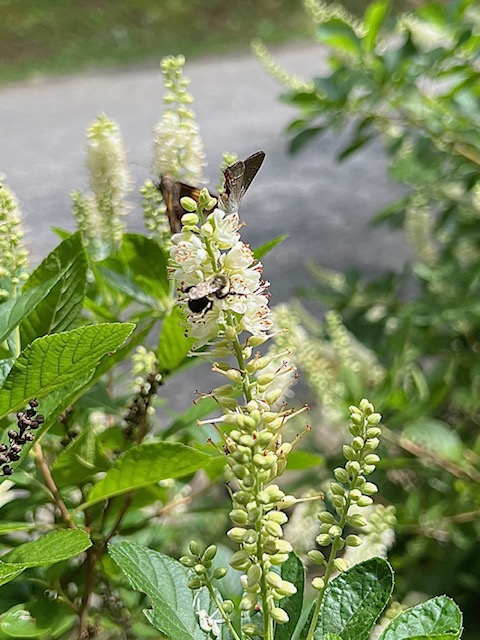
Clethra is a suckering shrub, which means that it grows outward from its base, sending new branches along the ground where they will root and begin producing flowers within a season or two. The shrub can easily be pruned to confine it to its original spot by trimming off the suckers as they appear, or it can be allowed to gradually form a colony or thicket. In most conditions, the shrub will grow to 5 or 6 feet in height and about as wide, though it can reach 8 or 9 feet. Tall stems can be cut back in the fall without risk of losing spring flowers.
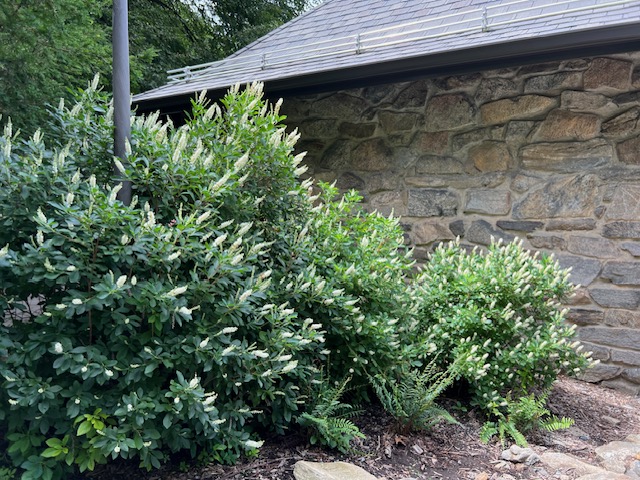
The nursery trade has been busy developing cultivars of Clethra alnifolia over the past few decades, so there are good choices for every home garden, and all of them are fragrant. The dwarf cultivar ‘Hummingbird’ only grows to about 3 feet tall and wide, while ‘16 Candles’ tops out between 3 and 5 feet and produces abundant flowers. Another cultivar called ‘Ruby Spice’ produces lovely pink flowers, though it is unknown whether the change in flower color adversely affects its value to pollinators.
The leaves of Summersweet are hosts for at least 11 species of moths and butterflies, which is just one reason this plant is a much better choice than so-called “butterfly bush” (Buddleia sp.). Butterfly bush is not native to North America, and has become invasive in many areas because it produces vast amounts of seed while providing very little other value to native insects and birds. Butterflies will drink its nectar, but their larvae cannot survive on butterfly bush. Summersweet is the perfect native alternative, and you will find it widely available at nurseries.
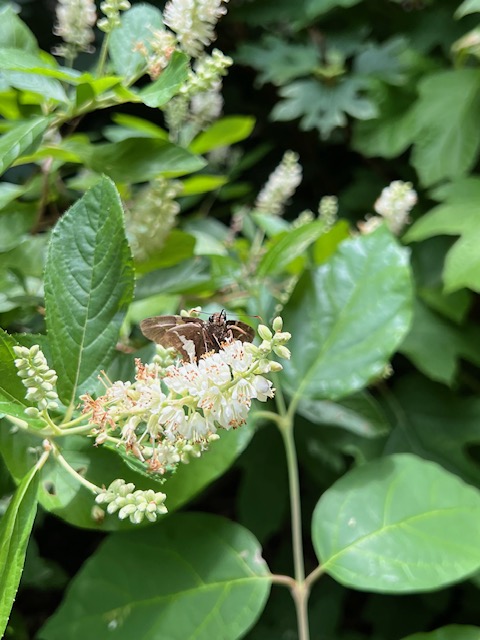
Summersweet leafs out very late in spring, so don’t worry if you still see bare branches well into April. On the other hand, its fall color is an attractive bright yellow, and when the leaves finally drop, interesting seed clusters remaining from spent flowers provide winter interest.
It’s not too late to add Summersweet to your fall planting list! It would be a perfect choice near a deck or patio where you can enjoy its heady aroma while watching butterflies sip its nectar. You can be sure you won’t be the only one in the neighborhood to appreciate summer’s sweetest scent!




